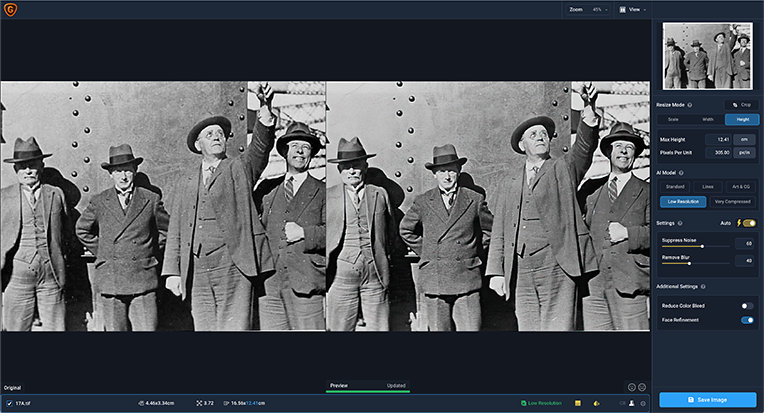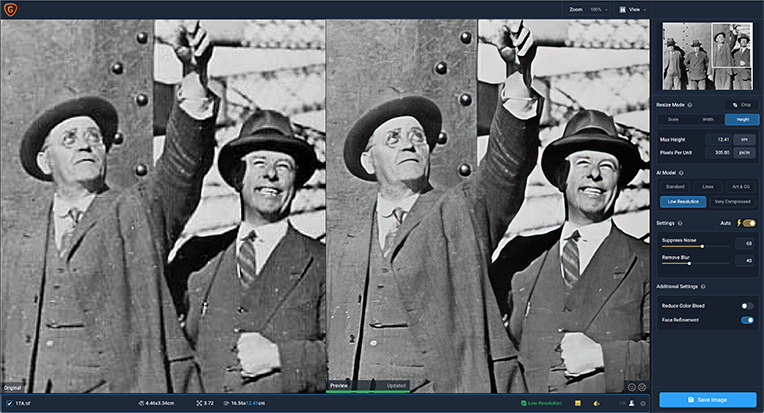Article
You may not always need 300 DPI for high-quality results
The specification of 300 dots per inch (DPI) for image resolution is ubiquitous. In practice, though, 300 DPI images are not absolutely necessary for every book.
In many circumstances, 300 DPI would be superfluous. It is understandable if this seems somewhat unbelievable – we have all been told since forever that image resolution must be 300 DPI.
The required resolution can be more accurately determined based on the lines per inch (LPI) used by the printer. This value varies, depending on the qualities of the paper. Coffee table art books, for instance, may be printed on the finest quality paper at 200 LPI. At the other end of the scale, economic papers like uncoated trade stock may only be printed at 80 LPI.
‘Line screen’ in printing terms is a complex subject, but the relationship between line screen and resolution is well established.
The basic rule of thumb is that image resolution should be twice the line screen. Some research even indicates that this may be more than is required but, as a rule of thumb, it is convenient. Adobe themselves use this rule when selecting ‘Auto Resolution’ in Photoshop:

This screen grab shows Adobe’s Auto Resolution option, with quality set to ‘Best’. The recommended resolution of 200 DPI is twice the specified line screen of 100 LPI.
For quality coated stock used on book covers, the printer may use 150 LPI, requiring a resolution of – drum roll – 300 DPI.
What about other types of paper? The line screen used in a picture section insert, for example, may only be 120–133 LPI. This means that a resolution of 240–266 DPI is adequate. Images printed on trade text stock may be as low as 80 LPI, where a resolution of 160 DPI would be sufficient. It’s hard to believe that an image of that resolution would be usable but in some circumstances it is.
It can be really helpful to know the line screen your printer will be using, so you can determine if an image will be suitable for your circumstances. Knowing the true target resolution is very useful in situations where the original image cannot be obtained for scanning, and all that is available is something that is less than 300 DPI.
Increasing image resolution
We all know that artificially increasing the resolution in Photoshop is not going to fix a low resolution image. It’s worth noting, though, that Adobe’s Photoshop scaling technology has continued to improve over the years. In the situation where an image is 240 DPI and needs to be scaled to 300 DPI, Photoshop’s scaling will probably work quite well. At Bookhouse, we will always warn you about resolution issues and discuss solutions before proceeding.
There are also so-called ‘artificial intelligence’ (AI) software packages – we prefer the term ‘machine learning‘ (ML) – which are reaching maturity and produce impressive results. These tools are typically used to enlarge images to very large sizes for the kind of posters and banners seen at a convention, but they work at any scale. Here is an example of the software we use at Bookhouse:
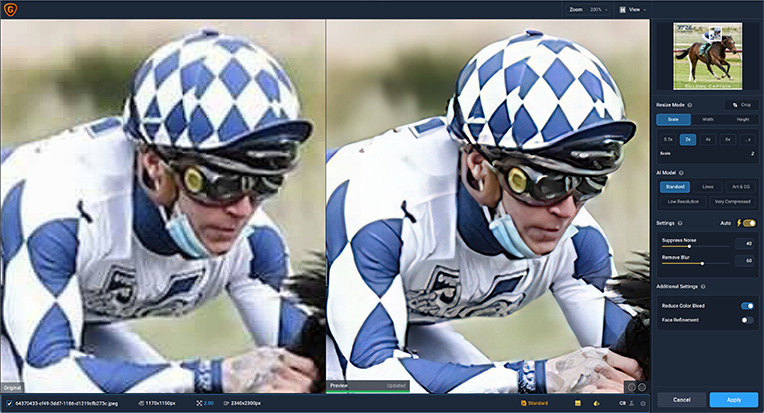
No fakes. The ML software is capable of impressive results. This is a highly magnified segment of a much larger image – the full image can be seen in the top-right corner.
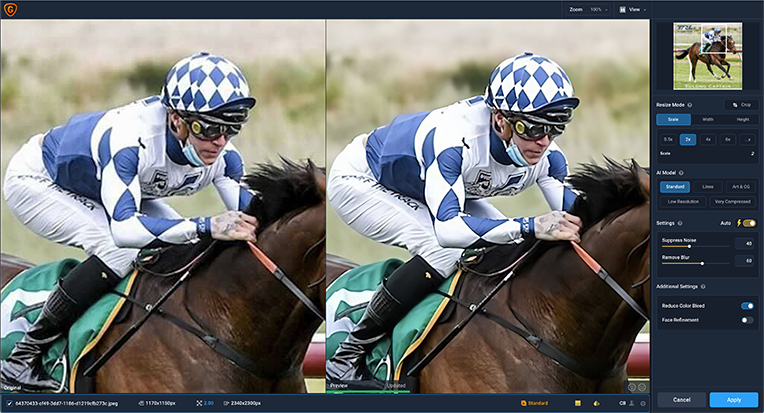
Shown at normal magnification. Perfect for high-quality printing.
This historical image was only 80 DPI. The ML software was able to salvage a usable image. This example also demonstrates the capabilities of the ‘Face Refinement’ option.
This type of software has proven to be useful for picture inserts, where the author's original images may not be ideal quality, and originals are not available. There are also circumstances where the author may be justifiably hesitant to provide the original images for scanning. In such cases, the ML software is an excellent solution and the printed image is very high quality.
Reducing noise
ML software has also been adapted to the problem of reducing noise. This is particularly useful for old images with heavy film grain:
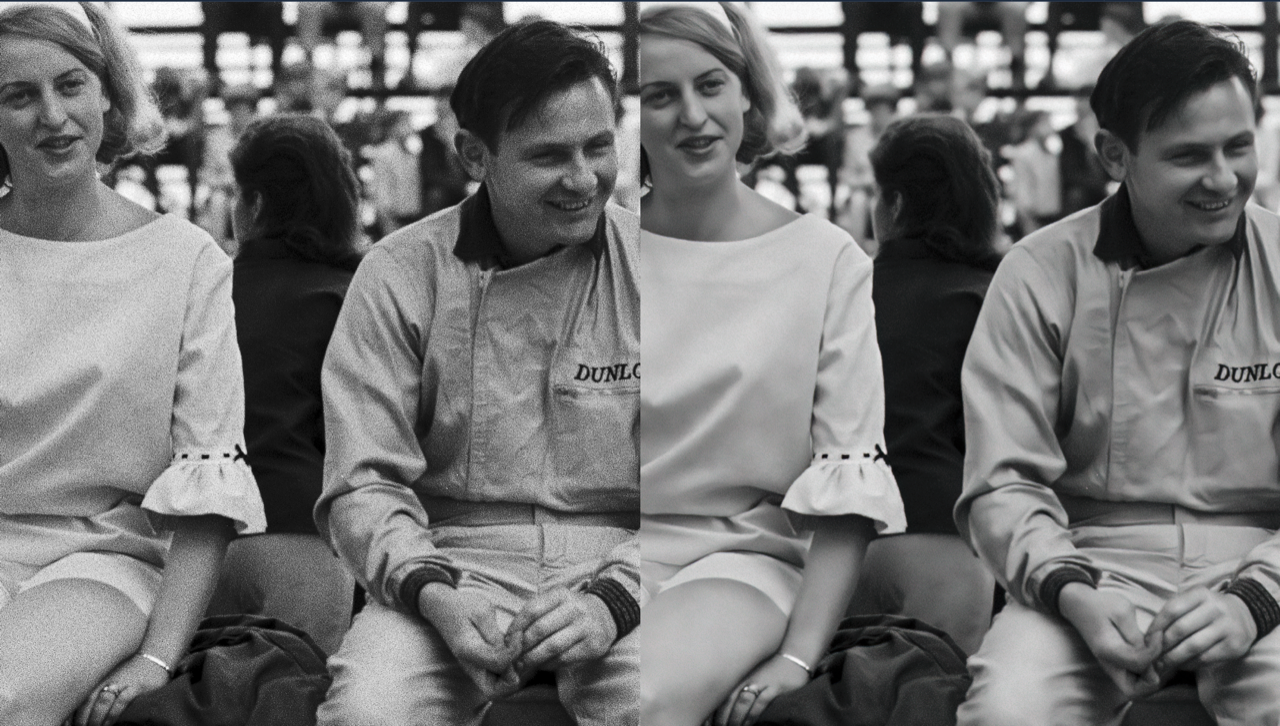
Sharpening
The same ML software has a version dedicated to sharpening images:
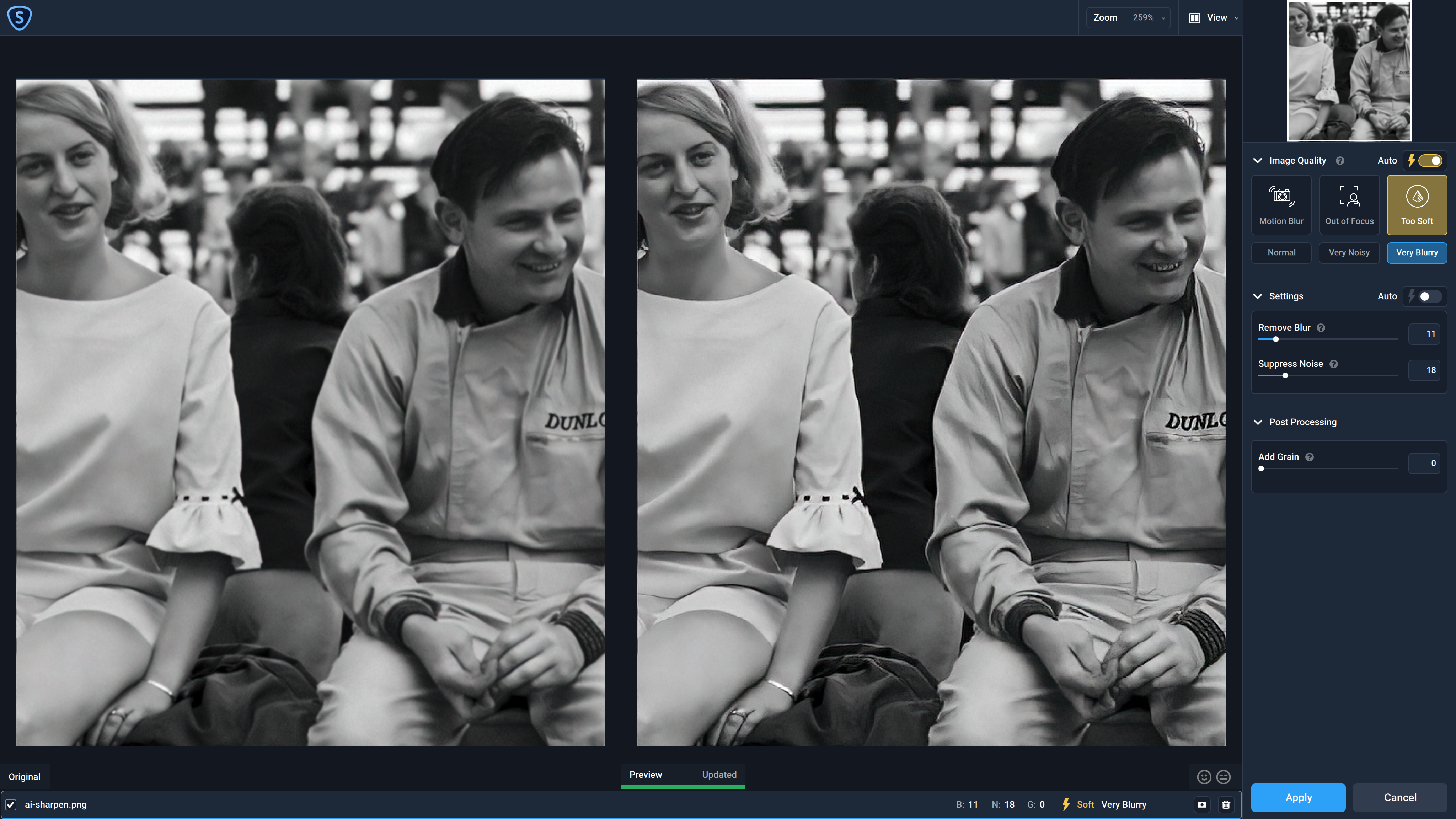
In practice
For cover images, the standard specification of 300 DPI (120 dots per centimeter) is an appropriate target resolution. For other types of printing, though, a lower resolution image may work just fine. Just ask your printer for the line screen specification and double it, to establish the true target resolution.
For those situations where the image is still not sufficient resolution, contact us to find out if our ML software can help. We’re happy to provide you with a free sample, so you can judge for yourself if it will be suitable for your project. Examples of images we have processed already can be found on our dedicated page.
But wait, there’s more…
Image resolution and image size have an interesting relationship. Check out the article, ‘Image size and resolution’, to take a closer look.
